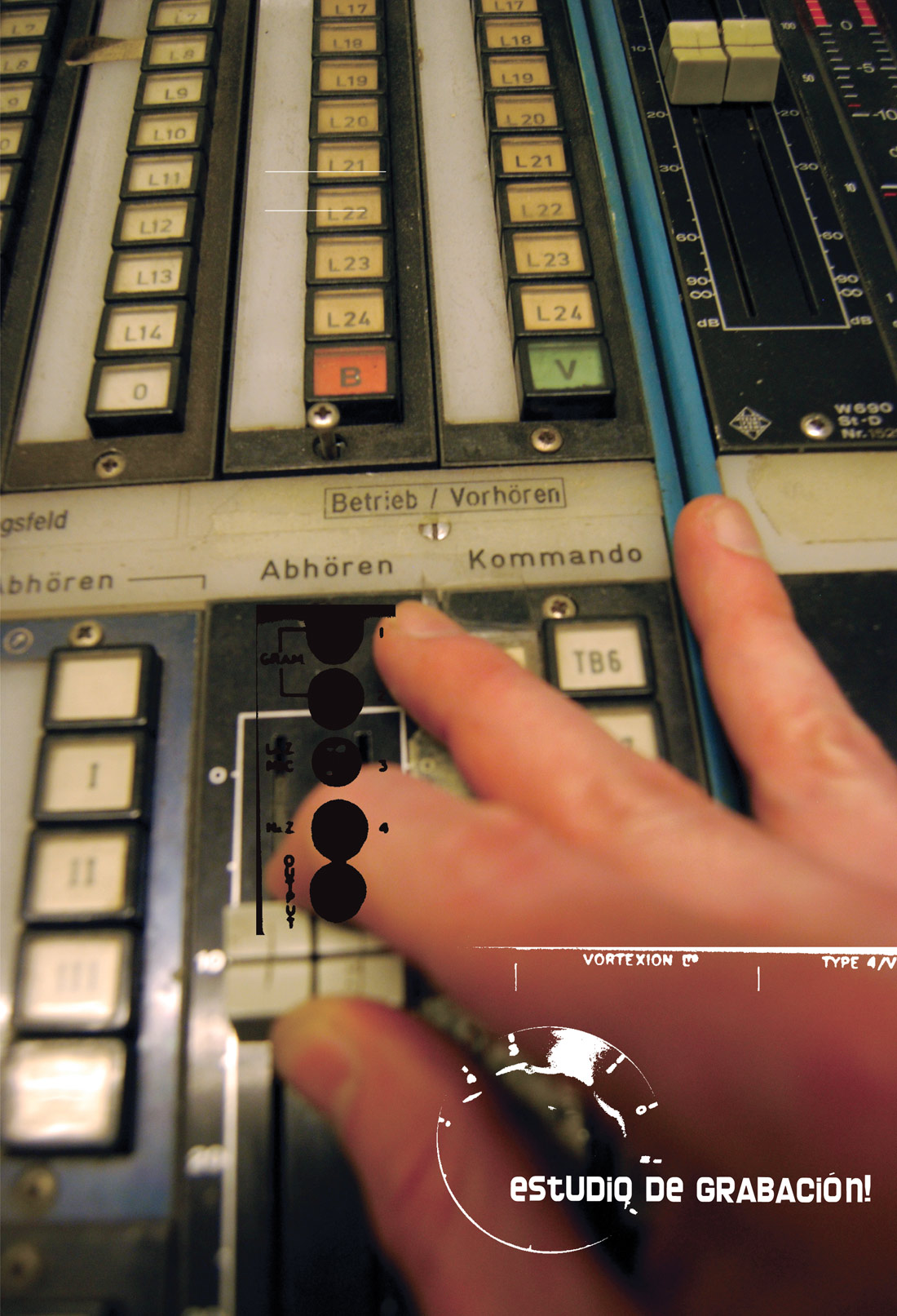It seems there are two popular approaches to implementing virtual instruments. On one hand, you have Arturia's excellent models of classic electronic instruments that offer control over every possible parameter, including some that never existed in the original instruments. Arturia's virtual instruments sound amazing, but tweaking them using a mouse and keyboard is a chore in comparison to interacting with the dedicated knobs and sliders of the actual modeled hardware. These instruments are also pretty CPU intensive. Arturia also has Analog Factory [Tape Op #57, #69], which gives you fewer tweakable parameters and a simpler GUI - with reduced CPU usage - but it's just less fun than the full-on virtual instruments. On the other hand, there are a plethora of sample libraries out there that have terabytes of sampled sounds, with every note carefully sampled. Their playback engines are far more CPU friendly, but they offer less control over the sounds and are not much fun to play, with pretty static GUIs. UVI has come up with an approach that nicely straddles these two approaches.
UVI's solution is to carefully multi-sample classic synths, develop a custom GUI for each instrument that is reminiscent of the original instrument, and then add some real-time synthesis and processing functions as well. This hybrid approach is made playable in UVI's free Workstation synthesis and playback engine. The GUI is first and foremost intuitive and easy-to-use, and while the graphics look really cool, they're secondary to the function and don't lavishly copy the original instrument at the expense of usability and CPU needs. Workstation supports dozens of virtual instruments based on classic synths, three of which I'm reviewing here.
Mello is a software Mellotron with twelve sample groups (with three sounds in each, just like the original Mellotron tape sets), but in some ways, it sounds better, or at least more "real," than my hardware Mellotron M4000D, even though that instrument has 100 sounds. There are parameters for adding in key noise and mechanical noise from the original tape-based machines. Mello, like all the UVI instruments, offers a standard ADSR envelope; a filter that can do high, band, or low-pass; and some good basic modulation routing. In that sense, you could look at all the UVI instruments as digital-sampling synthesizers with fixed modulation routings particular to the instruments they are simulating, which gives you almost as much control as some of the more complex modeled instruments like Arturia's.
The Beast is a recreation of the New England Digital Synclavier. Those who remember the Synclavier know that it was a monster of an instrument, and no two were alike, as it used a large, rackmount computer; a dedicated controller; and hardware and software modules that combined additive and FM synthesis along with sampling - all developed in-house. Very few people could afford one of these instruments. I was fortunate to have played around with one in my college days, and it was quite a beast, as implied by the name here. UVI's instrument combines samples from the Synclavier, the aforementioned ADSR and filter, an FM synthesis module, and a drum machine. While not exactly programmable in the same way as a real Synclavier, it produces sounds that are pretty faithful to the original's, including the audible effects of aliasing and low-resolution sampling. There is no additive synthesis module, for instance, but there are some standard single-cycle waveforms (sine, saw, triangle, etc.) that you can use as building blocks that would get you to a fairly similar place in most instances. The GUI on this instrument is particularly clever and fun. One drawback of the UVI instruments is the inability to edit loops on the samples. Most samples sound fine, but a few lack loops, or the loops are awkward. The Fairlight CMI instrument running on my iPad is a recreation of the "other" high-end digital synth from the '80s, and it allows you to edit loops, which I've definitely found to be useful.
String Machines is a library of samples from eleven classic analog string synthesizers like the ARP Solina and Crumar Performer. The GUI on this is again very intuitive and fun. Each sample has two layers, playable individually or combined. The Solina, for instance, has violin, viola, horn, trumpet, and a full string section; and you can combine any two of these. Sonically, String Machines is the least satisfying of the three instruments I tried out as the aliasing noises in extreme registers are pretty annoying and not something you'd hear on the original analog instruments. To be fair, however, the aliasing is only present because the samples can be played at higher pitches beyond the range of the original instruments, and almost all of the samples I've been using sound great if played in their normal range.
All of the UVI instruments also integrate really well with a MIDI controller with mod and pitch wheels, and each instrument includes a variety of useful effects - for example, a phaser in The Beast and String Machines; a bit crusher in The Beast; and reverb and delay in all. I really like these instruments and the middle ground approach they take. They're fun, fast to use, and don't bog down your CPU.
(Mello $99 direct, The Beast $199, String Machines $99; www.uvi.net)




_disp_horizontal_bw.jpg)